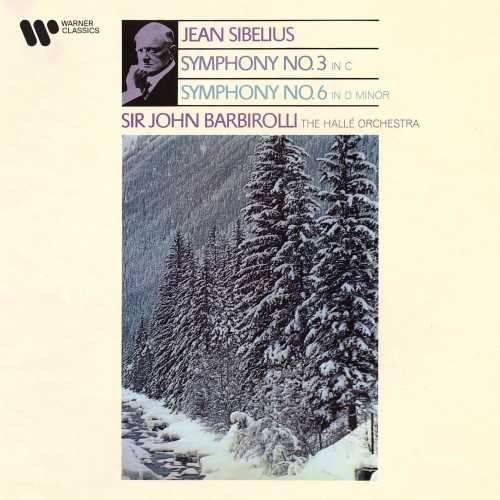

#Sibelius 5 symphony professional#
Wiley is a global provider of content and content-enabled workflow solutions in areas of scientific, technical, medical, and scholarly research professional development and education.
#Sibelius 5 symphony full#
Īuthorized users may be able to access the full text articles at this site. The electronic version of Music Analysis is available at.
#Sibelius 5 symphony archive#
JSTOR provides a digital archive of the print version of Music Analysis.

Tone and focus on specific works makes it of interest to the general reader To post-modern times, and has regular articles on non-western music.

Music Analysis is eclectic in its coverage of music from medieval Translations of important articles by Adorno, Molino, Ratz, Ruwet and Schenker. Music with music theory, critical theory, music history and the cognitive sciences.įounded in 1982, Music Analysis publishes major orientation articlesīy respected scholars such as Allen Forte, Jean-Jacques Nattiez, Arnold Whittall,Īlan Street, Kevin Korsyn and Jonathan Dunsby. Take forward debates concerning the relationship of technical commentary on This kind and through its lively Critical Forum, it also aims to Of new writing focused on musical works and repertoires. Music Analysis is the international forum for the presentation Finally, the pluralistic perspective arising from juxtaposing and accepting so many strongly contrasting interpretations calls into question the notion of a unitary music object, raising issues which may have implications for music analysis and beyond. Various performing traditions emerge from the data, including a onemovement, a two-movement and a ' recailltulatory' approach, as well as a Russian national style, some teacher-puilll influences and some likely correlations with published writings and broader aesthetic movements, suggesting that both structural and cultural questions can productively be addressed by siting performances within the web of discourse. But do even simple analytical decisions such as these have any impact upon those performing or listening to the work? The use of emillrical methods to measure tempo choices in 43 different recordings of this illece reveals that performers do indeed participate in structural debates, affirming a model which places their contributions on an equal level with those from analytical writings and which shows the reciprocity between these modes of activity. Classics in every sense of the word, these two performances deserve an honored place in even the most minuscule collection of music by either composer.The ambiguity over the number and structure of movements in Sibelius's Fifth Symphony provoked vigorous and far-reaching discussion in British analytical writings from the 1930s onwards. In fact, the engineering on display here compares favorably with today’s best. Sonically, this remastering sounds exactly the same as the “Early Years” two-disc set containing all of Szell’s Concertgebouw recordings for Philips (also available from Musical Heritage Society), which is to say it’s noticeably better than the overly dry, “CEDAR-ized” first CD issue. Frankly, no other even approaches Szell’s knockout combination of discipline and excitement, though some (such as Barbirolli’s on Chesky or Bernstein’s on Sony) offer a marginally greater sense of spontaneity, albeit with markedly less spectacular playing. Once again, there is a live rendition (with Cleveland made on tour in Tokyo) that arguably surpasses this one in some respects, but at present it’s only available on a limited basis from Japanese Sony, and hearing this dazzling recording, with it’s warmly glowing strings, perfectly judged first movement climax, jaggedly brilliant brass in the second movement, sizzling scherzo, and effortlessly grand finale, it’s easy to forget all about any other performance you might have heard or currently own. Szell’s Sibelius Second has stood as a reference edition of the score since the day the recording was made. Talk about an embarrassment of riches! It’s really pointless to dwell on minute variations in interpretation or playing: all three recordings represent a surpassingly high level of achievement, from the taught opening and generously “con moto” Andante, right through the grim scherzo to the explosive finale. George Szell’s Beethoven Fifth exists in three versions: this one another with the Cleveland Orchestra on Sony and (finest of all) one with the Vienna Philharmonic live from the Salzburg Festival on Orfeo. The excellence of these two famous performances hasn’t diminished a bit over time.


 0 kommentar(er)
0 kommentar(er)
